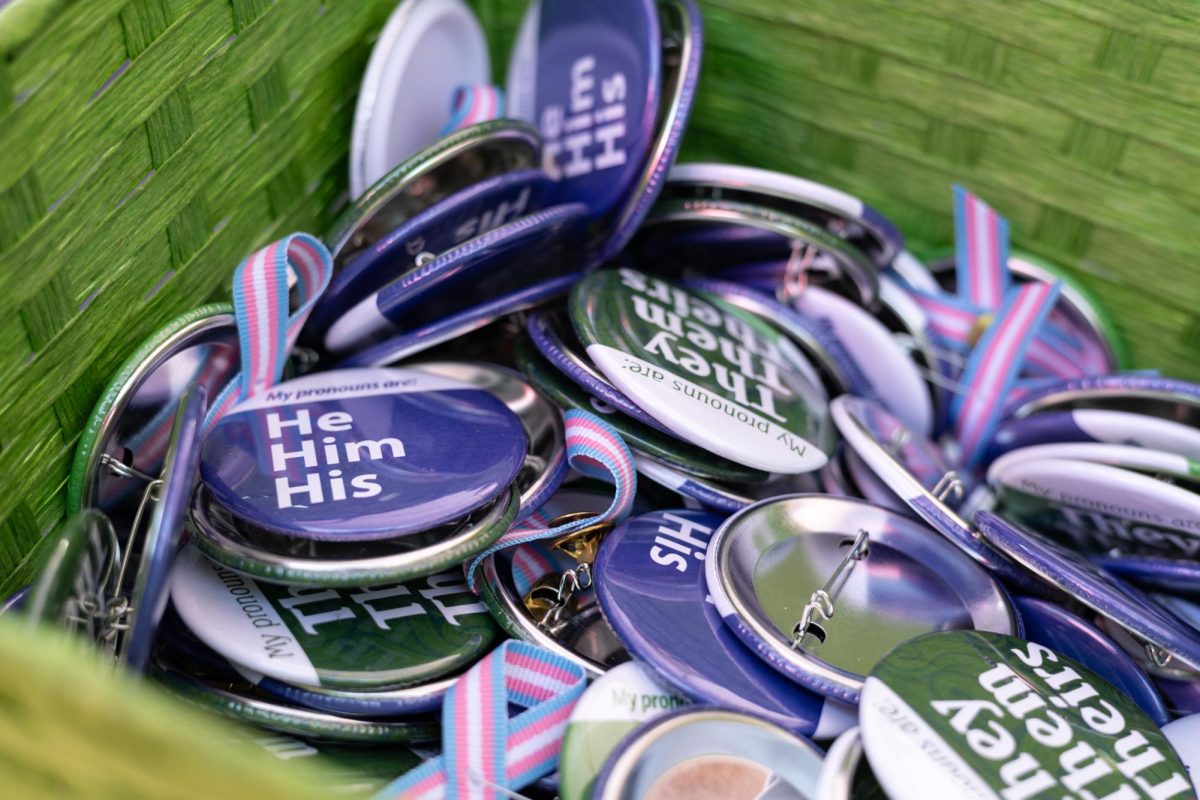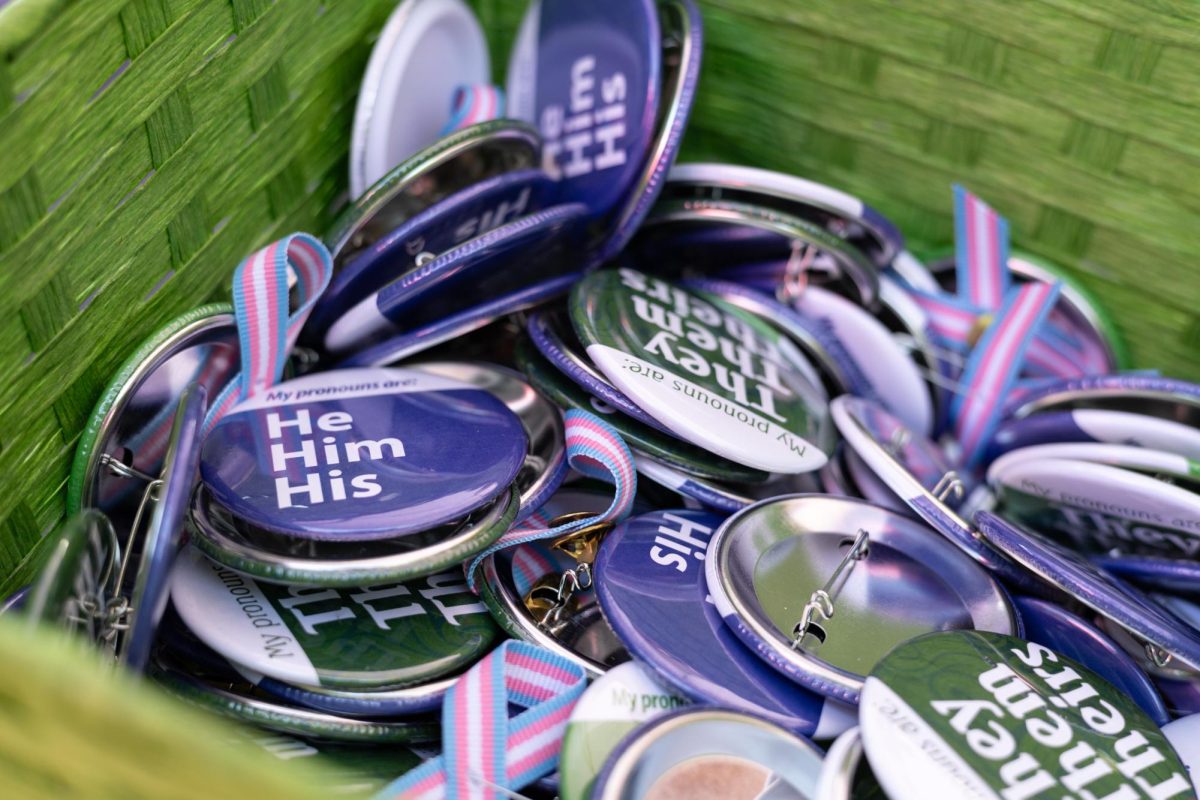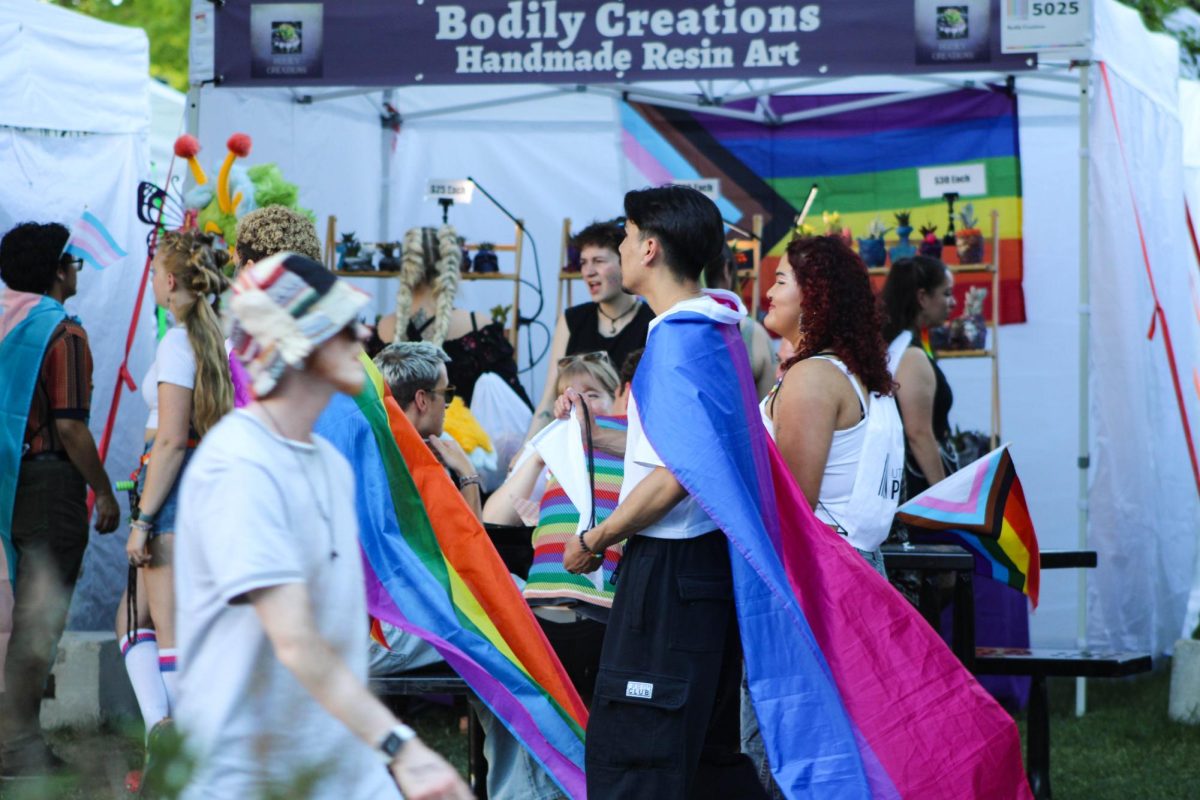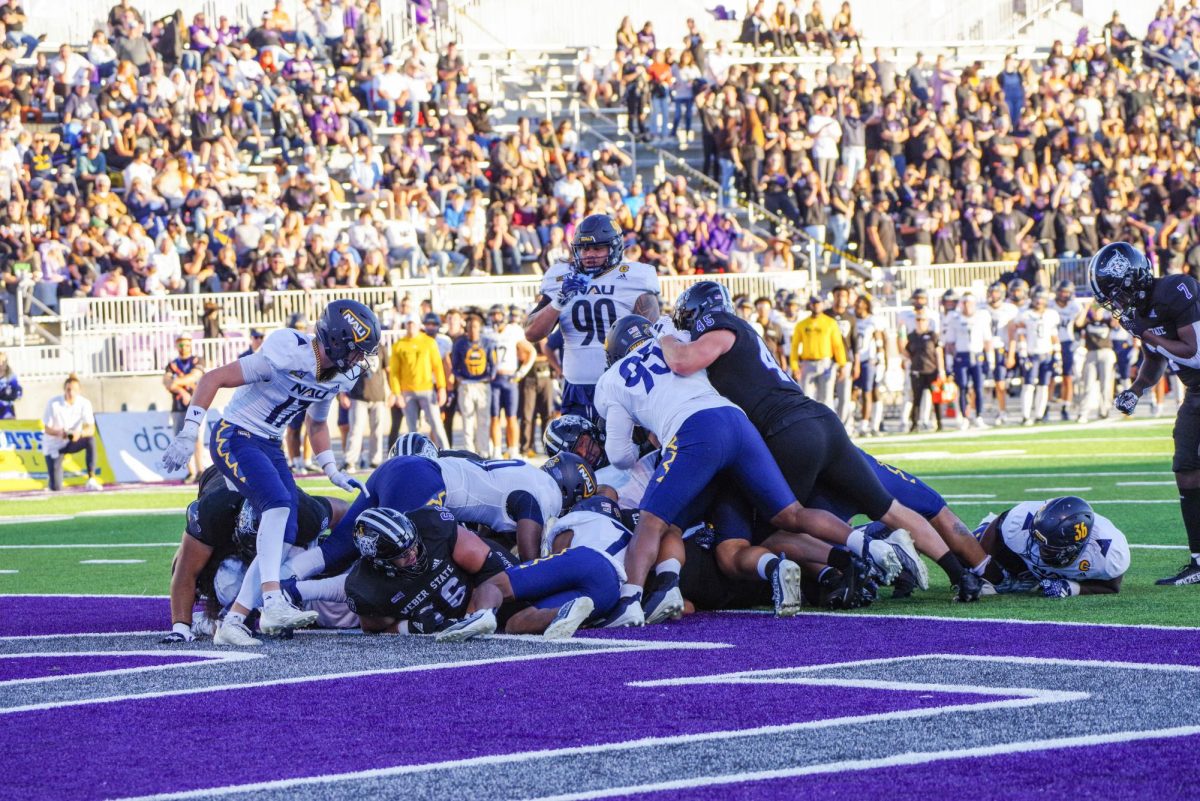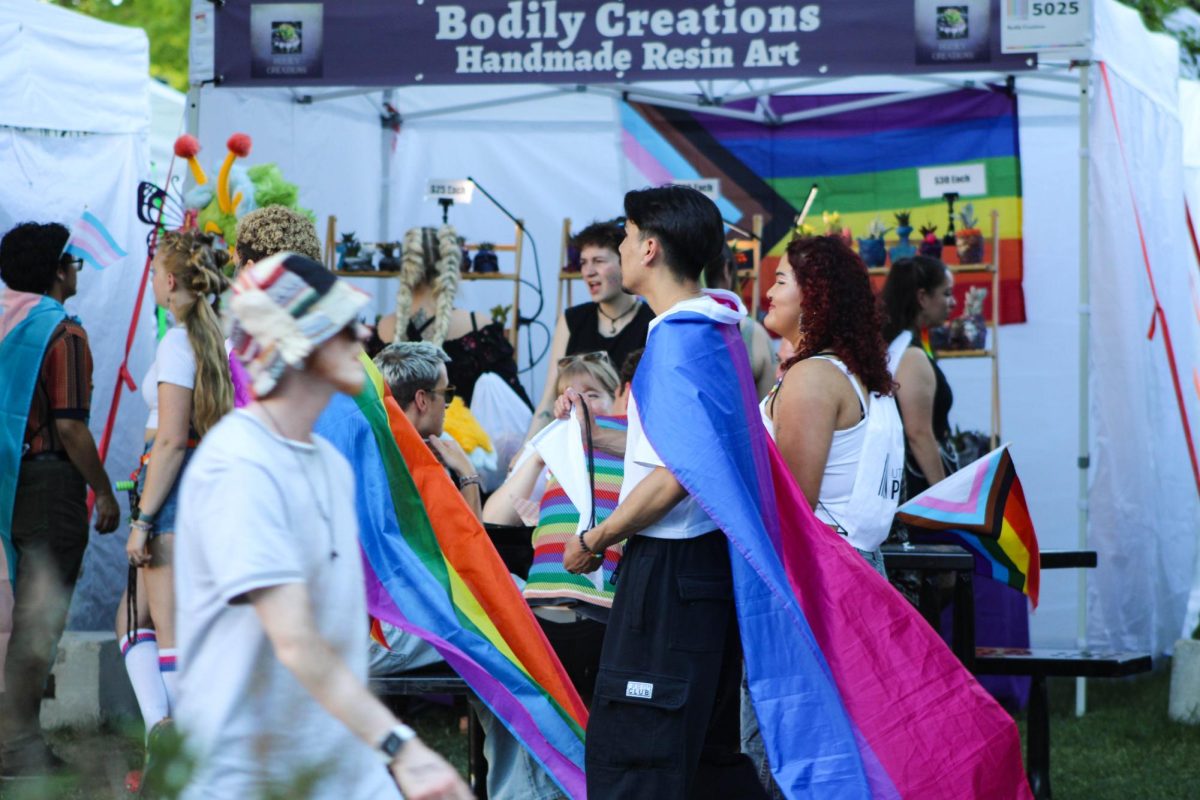
Fat Tuesday, Mardi Gras or Pancake Day — the holiday has several names, but it’s known best for its parties and food. On the eve of Ash Wednesday, this holiday allows celebrants to eat anything and everything they desire before the fasting season of Lent begins.
Mardi Gras is celebrated in several countries outside of the United States. Quebec, the Cayman Islands, Spain, Italy, Germany and Crete all participate in the annual day of feasting. The celebration usually consists of floats, parades, masquerades, dancers, beads, feathers, music and lots of food. New Orleans hosts the biggest Mardi Gras celebration with Mobile, Alabama, holding the second-largest in the place where the first Mardi Gras celebration was held in the Americas.
According to an article on the facts of Mardi Gras by CNN, the holiday has three main colors: purple, gold and green. The purple stands for justice, gold for power and green for faith. Beads and coins of these colors are thrown into crowds during Mardi Gras parades.
According to Richard Faucet of the LA Times, 25 million pounds of plastic beads are brought to New Orleans every year, and this year’s celebration is estimated to produce 150 tons of trash.
Although Mardi Gras marks the end of the carnival season, Ash Wednesday marks the first day of Lent and the beginning of the 40-day fasting period for people of many Western Christian religions and Roman Catholics. Typically, fasting during the Lenten period means reducing the size of your meals and having fewer meals normal per day. Because meats such as chicken, pork or beef are considered luxuries, and Lent is about sacrifice, the practice also entails not eating meat on Fridays.
According to Catholic.org, the ashes on Ash Wednesday symbolize the dust from which God made humanity and represent penance. The ashes are typically worn on the forehead and are made in a cross or cross-like shape. The ashes come from blessed palm branches from the previous year. The website goes on to state, “Our foreheads are marked with ashes to humble our hearts and remind us that life passes away on Earth. We remember this when we are told, ‘Remember, Man is dust, and unto dust you shall return.’”
This year, Lent will end April 13, just three days before Easter. Not counting Sundays, the season is meant for prayer, fasting, sacrifice and self-reflection. The 40 days of fasting come from the 40 days that Jesus spent in the wilderness. Although Easter usually marks the end of Lent and the arrival of the Holy Triduum (Holy Thursday, Good Friday and Easter Sunday), the day is also meant to symbolize Christ’s resurrection and the triumph of good over evil.




